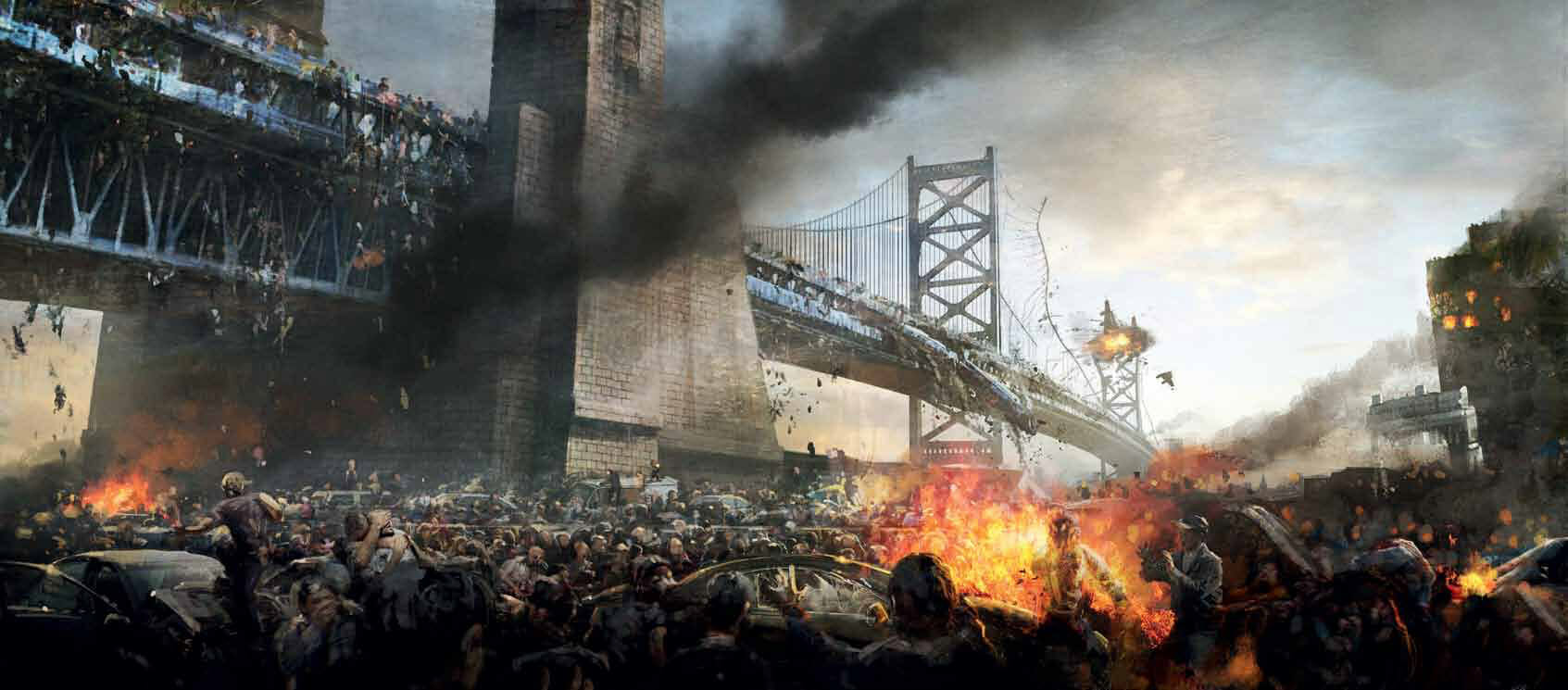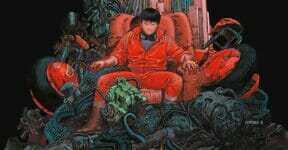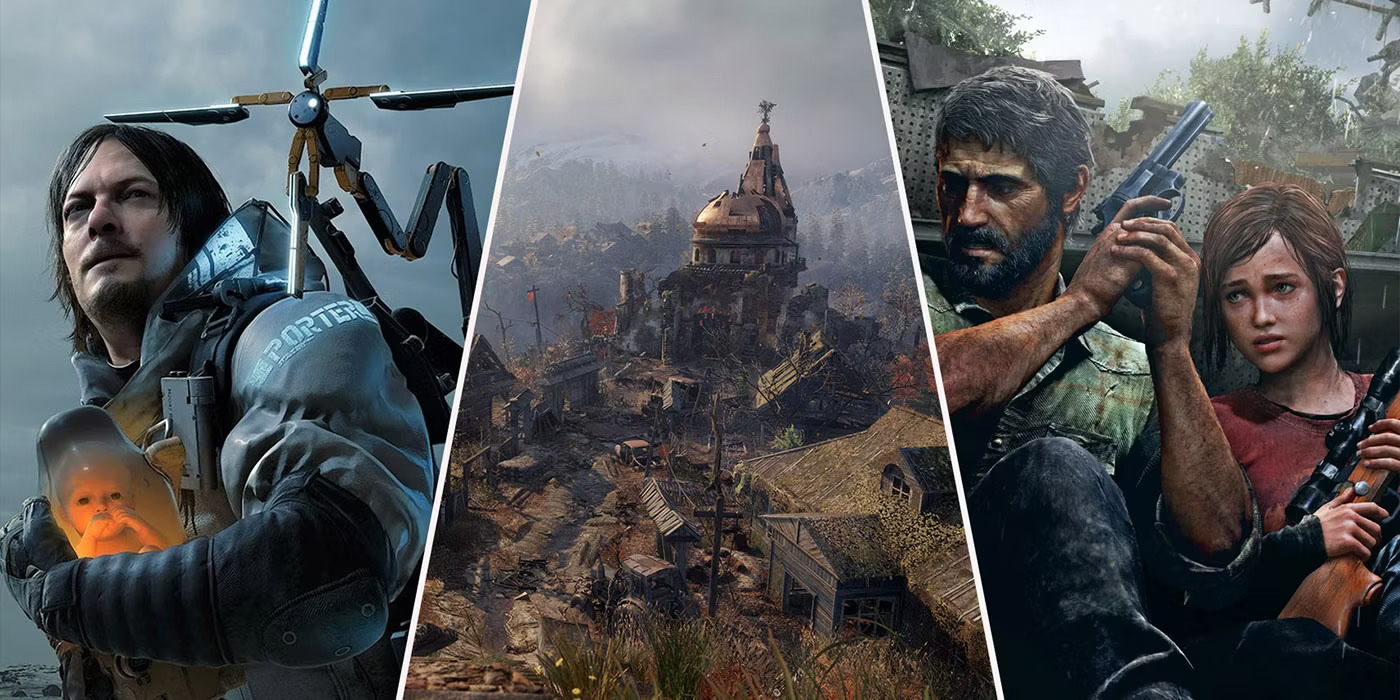Authored by Max Brooks and published in 2006, World War Z: An Oral History of the Zombie War is a follow-up to his first-ever book The Zombie Survival Guide. The novel describes the events before, during, and at the end of the World War against the undead. For his novel, Brooks borrows the “collected interviews” template from The Good War: An Oral History of World War II, authored by Studs Terkel. He even uses a similarly styled subtitle. A brief overview of World War Z: the Book—Hello, Goodbye, and Everything in Between is as follows.
The Book
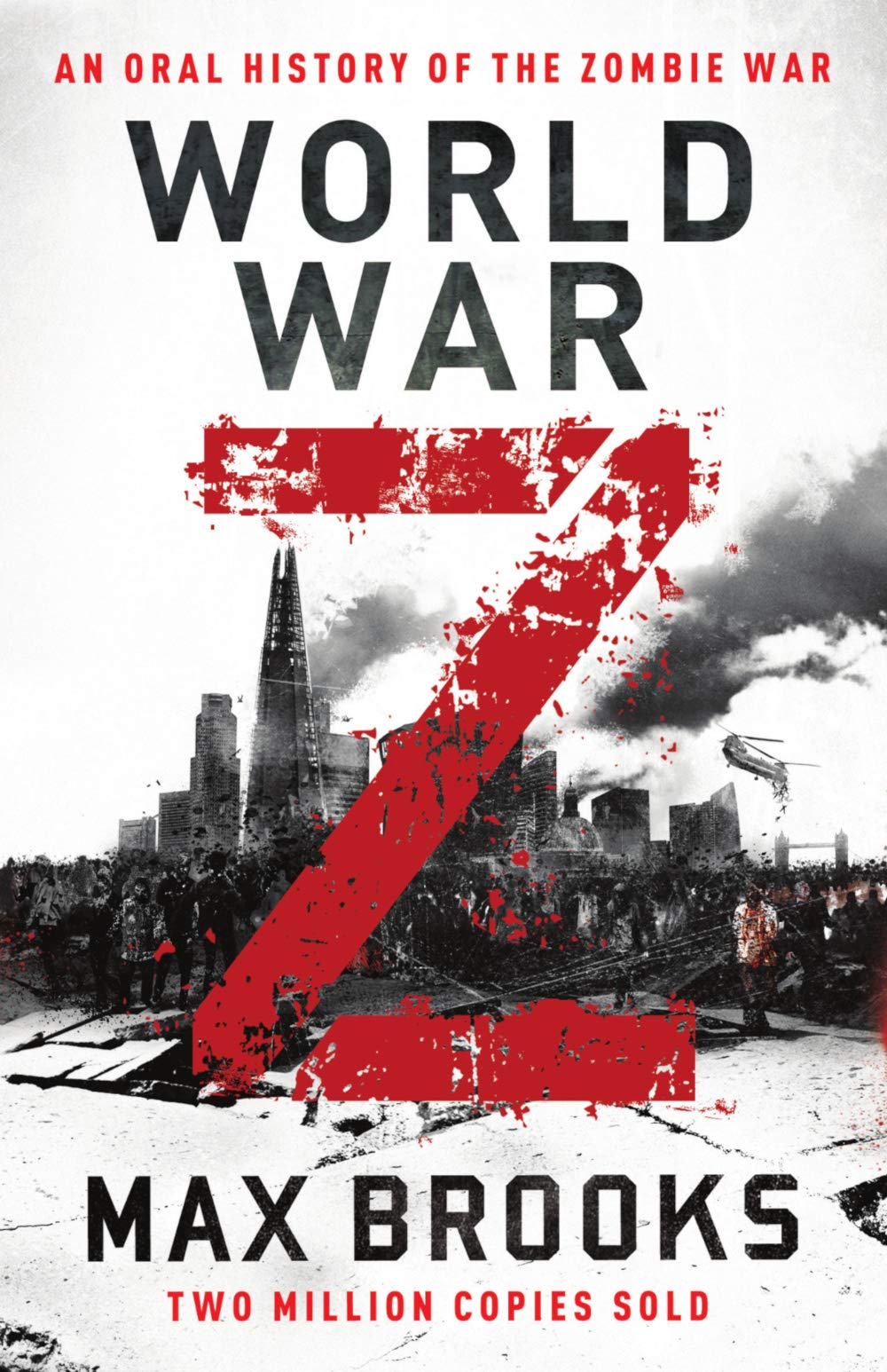
World War Z has been one of the most popular and influential apocalyptic novels since the resurrection of the zombie fads in the early 2000s. Although the book is indeed a farfetched fiction, the interviews and stories are based on actual (and detailed) research on disaster preparedness by the author. The novel is not a standard-issue science fiction zombie sub-genre, but a near-factual lesson on how things would go down in the event of a global-scale calamity.
Unlike the film adaptation of the same title starring Brad Pitt, there is no central character in the novel. The collection of interviews with characters from all around the world is meant to be a post-war report commissioned by the United Nation. However, the official report published by the U.N. emphasizes statistics and facts, devoid of human factors. The content has been heavily edited to read like an emotionless manual. Disappointed with the outcome of his work, the narrator compiles the old interviews into a single volume on his own.
The Author
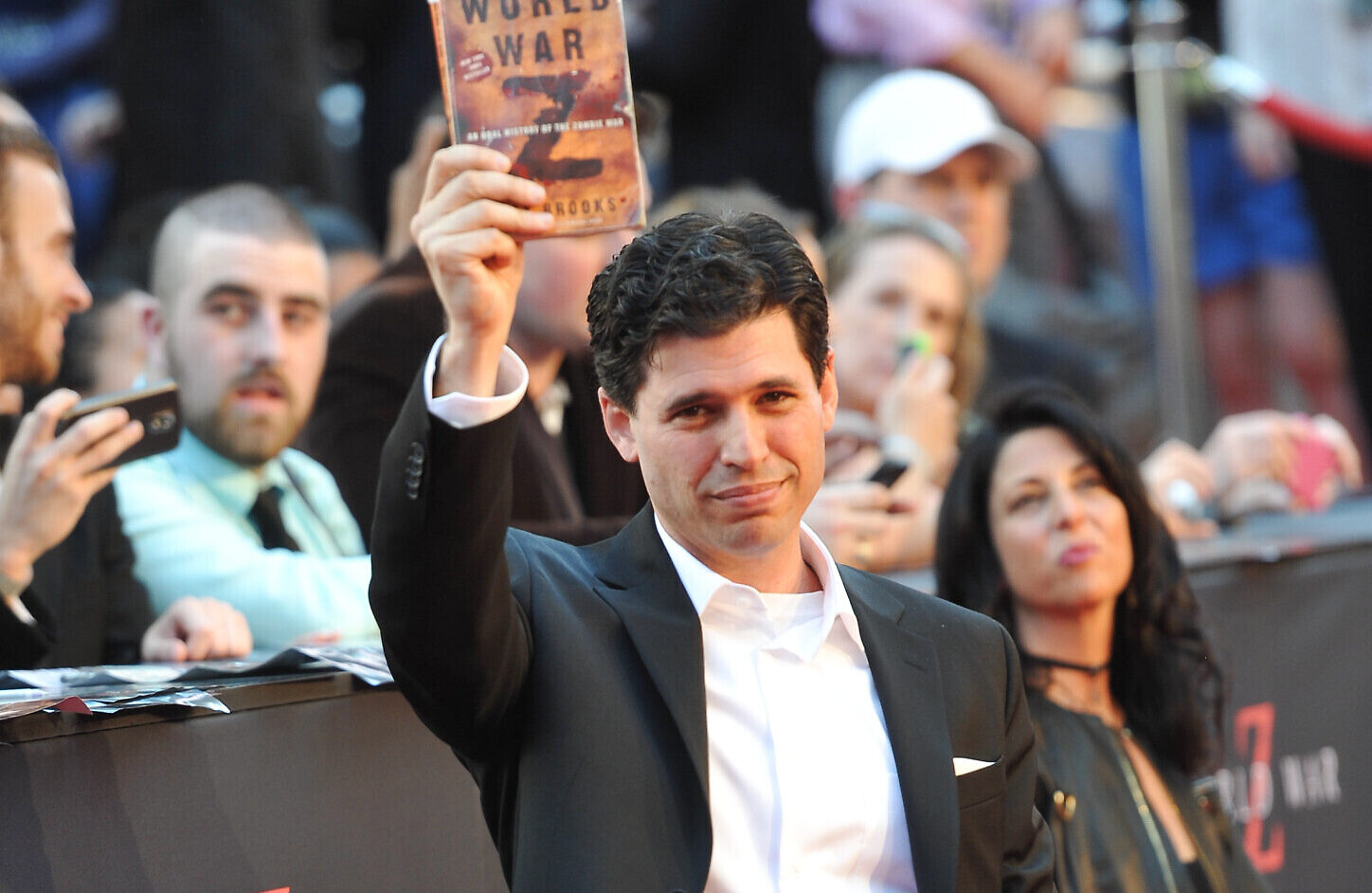
According to Max Brooks himself, World War Z is neither horror nor comedy. The only fictional objects in the stories are the zombies. He thinks people have been scared of large-scale disasters pretty much since 2001, considering how life has changed since 9/11 and a series of terrors like in Iraq, Afghanistan, D.C, during the sniper attacks, SARS, bird flu, swine flu, anthrax letter, Katrina, coronavirus, and global warming to name a few.
Brooks understands that in the event of widespread confusion and resource scarcity, people tend to behave in a reckless manner and be oblivious of their surroundings; neighbors kill each other for food, teenagers ransack general stores and warehouses, senior citizens die of starvation, children are left defenseless, and cops are nowhere to be found. Many (if not most) people have a hard time coping with the all-too-real potential dangers and they choose to process the fears through sci-fi, for example, a zombie apocalypse. Under the pretense of a fictional disaster, people will then be able to say none of the danger would happen simply because zombies are only imaginary.
World War Z is no prophecy by any means, but a well-researched and true-to-life scenario in the midst of a global catastrophe. Brooks often cited as a leading expert on zombie-related matters and probably the only active intellectual on the subject doesn’t even believe in zombies. That said, the book is far from being a gimmick to bring Brooks on board the popular zombie trope, let alone a joke. He merely uses zombies as a metaphor for the undying threat of tragedy.
Stories and Main Characters

The book is divided into 8 Chapters, excluding the Introduction. Each chapter focuses on either specific events or places described by witnesses or people directly involved with the decision-making process in response to the zombie pandemic.
Chapter 1 – Warnings
Although the origin of the zombie pandemic remains unknown, it is largely believed that Patient Zero came from a small village somewhere in China. Doctor Kwan Jing-shu remembered treating a 12-year-old boy who suffered from a mysterious viral infection which transformed him into a zombie. The doctor informed a friend named Gu, an official at the Institute of Infectious Disease, about the boy. To the doctor’s surprise, Gu seemed familiar with the case. Later on, men in hazmat arrived at the village and took Kwang into custody. They captured the boy and every person he had bitten.
Such a punitive measure caused panic, urging people to leave the country. Many of them had been unknowingly infected. One of the first major hordes of zombies was observed in South Africa, just outside Cape Town. Local doctors were confounded by the phenomenon. They thought it was some kind of rabies; in fact, the zombie virus was initially reported as African rabies.
Israel was the first nation to take things seriously. According to intelligence agent Jurgen Warmbrunn, the Israelis have naturally developed a profound fear of extinction and therefore they were never underprepared for imminent danger. Warmbrunn and his American friend, Knight, sent a warning about the zombie apocalypse to governments worldwide. The document was subsequently known as the Warmbrunn-Knight Report. In Israel, people went to a voluntary quarantine as a safety measure—many countries worldwide ridiculed the method.
Chapter 2 – Blame
Meanwhile, in the United States, CIA Director Bob Archer was transferred to Buenos Aires after he mentioned zombies in front of his superiors. Many of the agency’s most talented professionals had already quit in anger anyway because the government only used them as political pawns. General Travis D’Ambrosia, Chairman of the Joint Chiefs, claimed that the government and the American people in general never supported the idea of an all-out war against zombies.
Breckenridge Scott, a pharmaceutical developer, saw a business opportunity amidst the government’s indecision. He came up with Phalanx, a safe-to-use vaccine for rabies approved by the FDA. However, it only worked for rabies but not for the zombie virus. Scott made billions of dollars from Phalanx.
Chapter 3 – The Great Panic
Still in the United States, blimp pilot Gavin Blaire witnessed from the air horrifying scenes where hordes of zombies attacked people stuck in traffic jams on the interstate highway. The victims died only to be reanimated into zombies. Parents were forced to murder their own kids out of fear they would fall victim to the virus and transform into the undead, too. The number of refugees soared, which caused all sorts of political issues. The situation along the Iran-Pakistan border was in disarray, leading the countries to a nuclear war.
Chapter 4 – Turning the Tide
In a few places all across the world, there was good news of effective defenses against zombie attacks. A major key to the success was the Redeker Plan, which involved creating a safe zone inaccessible to zombies. The plan was named after a South African person who proposed the idea. Important government officials and a small number of citizens would retreat into the designated safe zones. Unfortunately, the safe zones were not big enough to contain all the uninfected in every country.

Many people were left outside and used as bait to lure the zombies away. A German soldier named Philip Adler refused to abandon citizens and planned to shoot the general who issued the order. Adler later discovered the general had committed suicide. In Ukraine, the government used nerve gas to clear the zombies. According to Bohdan Taras Kondratiuk, a soldier in the Ukrainian military force, the method also killed all the uninfected citizens.
Chapter 5 – Home Front USA
Arthur Sinclair, the director of the Department of Strategic Resources, explained how people in the safe zones enrolled in wartime training programs. Survivors recycled unused objects to create makeshift weapons. Many volunteers, as part of the Neighborhood Security Teams, patrolled the areas surrounding the safe zones and kept away the zombies. One of the volunteers, Joe Muhammad, was disabled and in a wheelchair, but it did not stop him from taking an active safeguarding role. He described that in addition to zombies, the area outside the safe zones was also full of feral children, looters, and squatters.
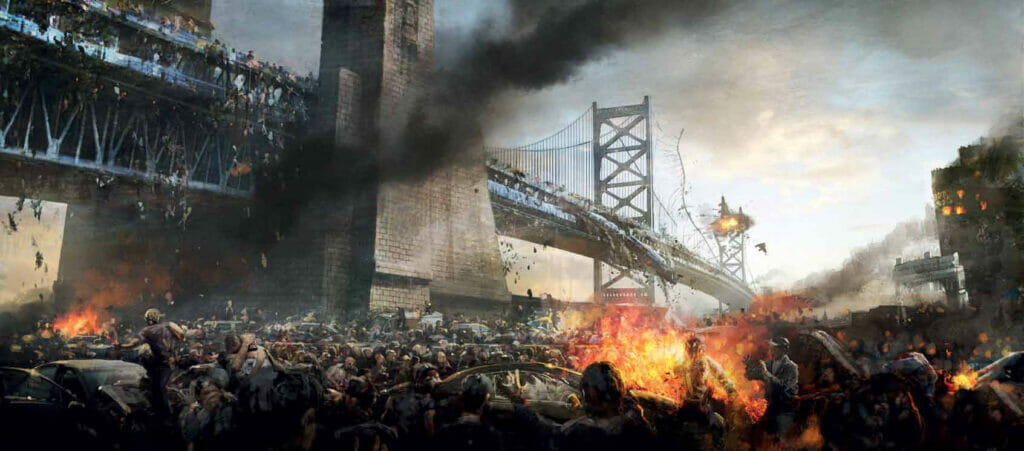
An interview with Roy Elliot, a famous filmmaker, gave insight into the importance of good storytelling through art in keeping people’s morale high. Many of his movies, including documentaries, were optimistic in nature to help combat a psychological condition known as ADS or Apocalyptic Syndrome Disorder.
Chapter 6 – Around the World, and Above
Ancient castles in Britain were used as fortresses by the uninfected, according to British writer David Allen Forbes. In China, the military forces were divided into factions due to disagreement with the army’s strategies. One faction used nuclear weapons to destroy the politburo’s bunkers and opted for the Redeker Plan instead. An impressive story of triumph came from Japan, mostly thanks to Tomonaga Ijiro, founder of the Shield Society, and Kondo Tatsumi, a warrior monk. Both fought and killed zombies in hand-to-hand combat. The blind Sensei Ijiro could smell and hear the zombies around him, then killed every one of them.
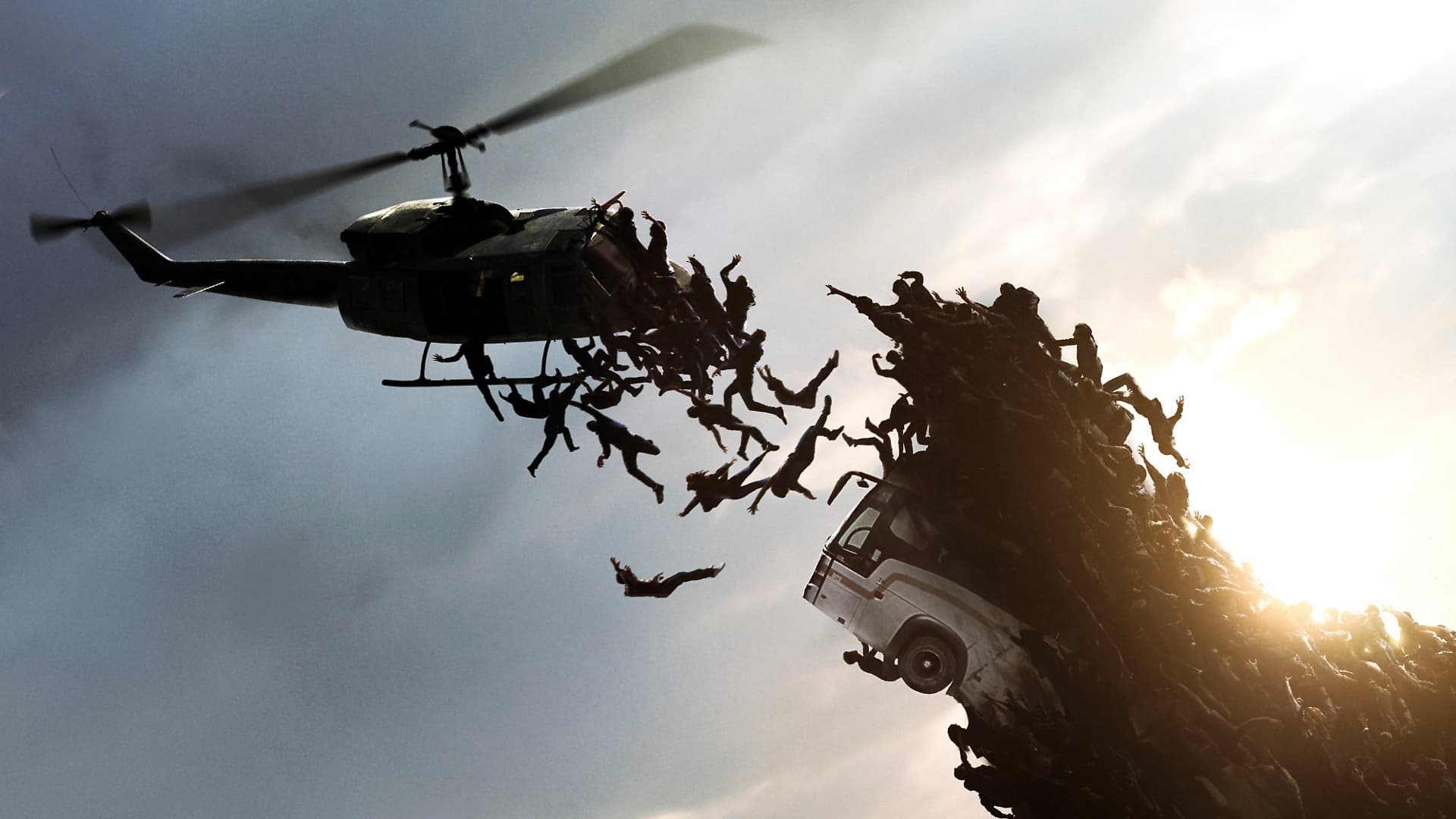
Barati Palshigar, an interpreter who worked as a broadcaster on the multilingual Radio Free Earth, had a major role to make sure people received accurate information about the pandemic, debunking superstitions and misconceptions. Even the remaining astronauts in the International Space Station played their parts during wartime by keeping the satellites in good condition. At the end of the chapter, the U.N. passed a resolution to destroy the zombies for good.
Chapter 7 – Total War
As expected, the U.S. military was determined to lead humanity to victory in a world war against the zombies. Having gone through a major tactical revamp in which the soldiers were retrained to aim for the head rather than the torso for an instant, more efficient kill, the Army—without vaccine—eliminated a massive number of the undead and set a hopeful tone. The soldiers were equipped with specially-designed armor to prevent them from being infected. The U.S. Navy also deployed divers to eradicate zombies on the ocean floors.
Todd Wainio, a soldier in the U.S. Army, said the Americans were better prepared than the Russians or the French. Many Americans died in the war, but other countries suffered much greater losses. Andre Renard, who fought the zombies in the underground tunnels of Paris, said the French military forces lost 15,000 soldiers in just three months. In general, however, humanity won the war.
Chapter 8 – Good-Byes
Kwang Jing-shu was relieved to see how China prevailed and that children born in the aftermath of the war were not paranoid. Arthur Sinclair, now a chairman of the SEC, had high hopes the economy would grow back soon enough. On the other hand, Philip Adler saw how humanity still shuffled around the dark days of World War Z; he couldn’t help but feel that much of humanity’s integrity was severely, perhaps irreparably, damaged, due to the cruelty of the Redeker Plan.
Pretty exciting stuff! We love the book World War Z and the creative way it was put together. What about you? Have you read it yet? Did you like it? Let us know, we’d love to hear from you.
Other things you might want to know about.
Who is Max Brooks?
According to a YouTube video where Max Brooks was a guest on the Late Late Show with Stephen Colbert, he is the son of Mel Brooks and Anne Bancroft. Max said living with his parents set him up to write books about fear and being paranoid. His dad was a combat veteran whose job it was to diffuse mines. His mom had a fear of Max being kidnapped after receiving death threats when giving Sidney Poitier a congratulatory kiss when he won the Oscar. She would act out different scenarios with Max about how he might be kidnapped.
Go to YouTube to watch the entire interview with Max Brooks and Stephen Colbert. It’s very entertaining!
Why is ‘Minecraft: The Mountain’ by Max Brooks an educational tool?
According to ew.com, this novel has the mental skills that young people today need to survive in the 21st century. Brooks states that this book and the video game itself teach creativity, resilience, problem-solving, independence, and brain training.
Go to ew.com and read this entire article called, ‘Max Brooks says Minecraft could the greatest educational tool since Gutenberg’s press.
What is the graphic novel The Harlem Hellfighters about?
According to wearethemighty.com, the Harlem Hellfighters were true American heroes. Here are 5 reasons the Harlem Hellfighters should never be forgotten.
- They were the first African American infantry unit to fight in World War I. They were the 369th Infantry Regiment.
- They got their nickname from the Germans. 70 percent of the unit hailed from Harlem.
- They introduced the French to American Jazz.
- They saw more combat than any other American unit.
- They broke down racial barriers.
Max Brooks and acclaimed illustrator Canaan White bring the Harlem Hellfighters to life in a graphic novel called The Harlem Hellfighters. They tell the story of the 369th in an action-packed and powerful tale of honor and heart. (terrtulia.com)

